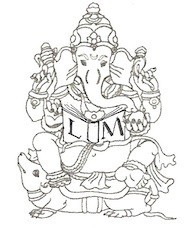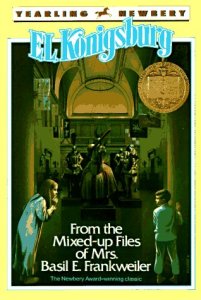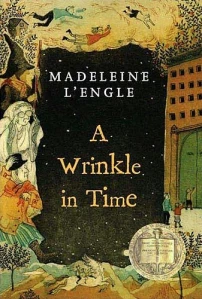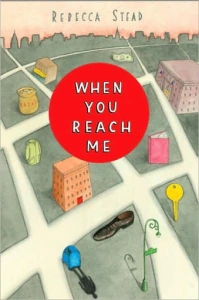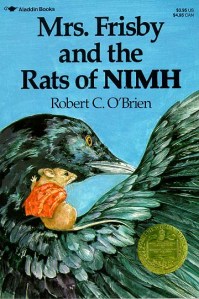 Wow! What a wonderful discussion! My fourth-grade lit-lovers are good little readers! I was worried that this book would be too challenging because it’s rather complicated, but the girls had no problem at all; they followed the plot, picked up on many of the themes, and most importantly, they enjoyed reading the book.
Wow! What a wonderful discussion! My fourth-grade lit-lovers are good little readers! I was worried that this book would be too challenging because it’s rather complicated, but the girls had no problem at all; they followed the plot, picked up on many of the themes, and most importantly, they enjoyed reading the book.
So, bearing in mind my three criteria, is this a good choice for a Mother/Daughter Book Group? You bet!
The Story: Mrs. Frisby, a perfectly ordinary field mouse, must move her entire house to a new location so it isn’t run over by Farmer Fitzgibbon’s plow. The dilemma: her son, Timothy, is recuperating from a near-fatal illness and cannot be moved. What to do? If only Mr. Frisby hadn’t died and could help solve this problem! Maybe he does help, though, because isn’t it he who had told Mrs. Frisby, “All doors are hard to unlock until you have the key”? Mrs. Frisby, determined to save both her home and Timothy, embarks on an adventure to find that very key (metaphorically speaking!) and she is aided by a charming crow, a grumpy old owl, and a pack of highly intelligent rats. The rats are in the midst of their own adventure–and in search of their own “key”–and you will want to turn over every page of this book to find out how these creatures solve their own, and each other’s, problems.
Questions: This book is so thought-provoking! I love literature that is multi-layered, and this story certainly is. I think that’s why it appealed to the moms as well as to the girls. Part of our discussion focused on the secrets everyone was keeping in the story, and what type of secrets they were. We compared these secrets to those that were kept in From the Mixed-Up Files of Mrs. Basil E. Frankweiler, and determined that the main difference was that in Mrs. Frisby and the Rats of NIMH, many secrets weren’t even known to exist until they actually came to light.
Among other things, we also discussed hard choices, bravery, the “soft life” versus a life with more work (I LOVED the girls’ solution to this one: live and work in a place like Thorn Valley, but make sure to have a vacation home where you can go and have the “soft life” as often as you like!), prejudice against certain creatures, animal rights, and searching for the “key” when problem-solving.
Our discussion could have gone longer, but time was up–a sure sign of a great book for a Mother/Daughter Book Group!
Life Lessons: Two of the (many) take-aways from this story are 1) keep searching for that “key” when you have a problem to solve, and 2) sometimes a question doesn’t have one answer that is right for everybody, but we must still ask the question and think about it. The girls were very excited to discuss whether we should use rats or other animals for scientific research, and we determined that it is very hard to find the “right” answer to that one.
Bottom Line: Mrs. Frisby and the Rats of NIMH rocks!
